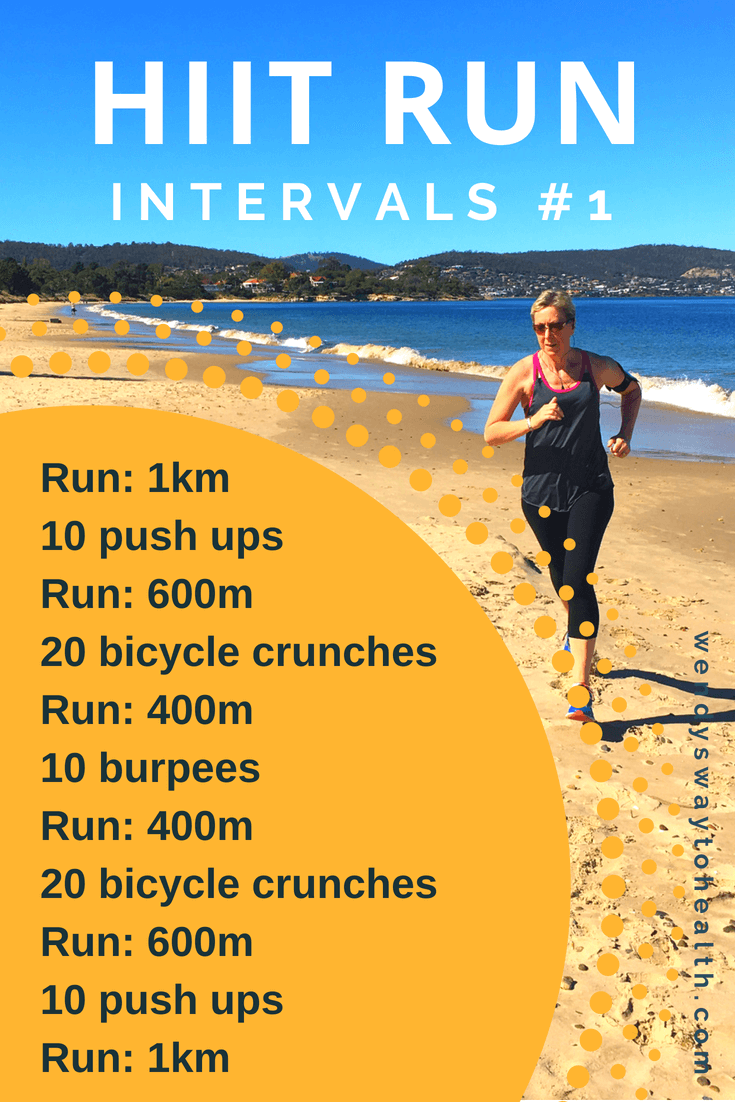The Ultimate Running Strategy Overview: Accomplish Your Physical Fitness Goals
The Ultimate Running Strategy Overview: Accomplish Your Physical Fitness Goals
Blog Article
Taking Care Of Typical Running Discomforts: Reasons, Solutions, and Avoidance
As runners, we usually run into numerous discomforts that can hinder our performance and satisfaction of this exercise. From the devastating discomfort of shin splints to the irritating IT band disorder, these usual running discomforts can be aggravating and demotivating. Recognizing the reasons behind these conditions is important in efficiently resolving them. By checking out the origin factors for these running pains, we can reveal targeted services and safety nets to make sure a smoother and extra fulfilling running experience (my site).
Typical Running Discomfort: Shin Splints
Shin splints, an usual running pain, frequently result from overuse or incorrect shoes during physical task. The recurring tension on the shinbone and the cells affixing the muscle mass to the bone leads to inflammation and discomfort.
To stop shin splints, individuals need to progressively enhance the strength of their workouts, use ideal shoes with correct arch support, and preserve flexibility and stamina in the muscles surrounding the shin. If shin splints do take place, preliminary treatment involves rest, ice, compression, and altitude (RICE) In addition, integrating low-impact activities like swimming or cycling can assist keep cardio physical fitness while allowing the shins to heal. Consistent or serious situations may call for clinical examination and physical therapy for reliable management.
Usual Running Pain: IT Band Syndrome
Along with shin splints, an additional common running pain that athletes commonly experience is IT Band Disorder, a problem brought on by swelling of the iliotibial band that runs along the external thigh and knee. IT Band Syndrome usually materializes as discomfort on the exterior of the knee, particularly during tasks like running or biking. The iliotibial band is a thick band of fascia that attaches the hip to the shin, and when it comes to be irritated or tight, it can rub against the thigh bone, leading to pain and discomfort.
Joggers experiencing IT Band Syndrome might observe a stinging or aching sensation on the external knee, which can get worse with continued activity. Aspects such as overuse, muscular tissue inequalities, inappropriate running kind, or poor warm-up can add to the development of this problem.
Common Running Pain: Plantar Fasciitis

Plantar Fasciitis can be credited to different variables such as overtraining, incorrect footwear, operating on tough surfaces, or having high arches or flat feet. To avoid and reduce Plantar Fasciitis, joggers can integrate extending exercises for the calf bones and plantar fascia, put on encouraging shoes, preserve a healthy and balanced weight to minimize stress on the feet, and gradually increase running intensity to prevent sudden stress and anxiety on the plantar fascia. If signs and symptoms persist, it is suggested to seek advice from a medical care professional for correct medical diagnosis and therapy options to attend to the problem successfully.
Usual Running Discomfort: Jogger's Knee
After resolving the difficulties of Plantar Fasciitis, another common concern that runners usually encounter is Jogger's Knee, a typical running pain that can impede sports efficiency and create discomfort throughout physical activity. Jogger's Knee, likewise recognized as patellofemoral pain disorder, materializes as discomfort around go now or behind the kneecap. Joggers experiencing this discomfort might really feel a dull, aching discomfort while running, going up or down staircases, or after prolonged periods of sitting.
Usual Running Discomfort: Achilles Tendonitis
Generally afflicting runners, Achilles Tendonitis is an agonizing problem that influences the Achilles ligament, causing pain and potential constraints in exercise. The Achilles ligament is a thick band of tissue that links the calf muscular tissues to the heel bone, important for activities like running, leaping, and walking - go to this site. Achilles Tendonitis commonly establishes as a result of overuse, incorrect shoes, inadequate stretching, or abrupt increases in physical activity
Signs of Achilles Tendonitis consist of discomfort and stiffness along the tendon, especially in the early morning or after durations of lack of exercise, swelling that worsens with task, and possibly bone spurs in persistent instances. To stop Achilles Tendonitis, it is crucial to stretch correctly in the past and after running, wear ideal footwear with correct support, slowly boost the intensity of exercise, and cross-train to reduce repetitive anxiety on the ligament.
Verdict

Report this page